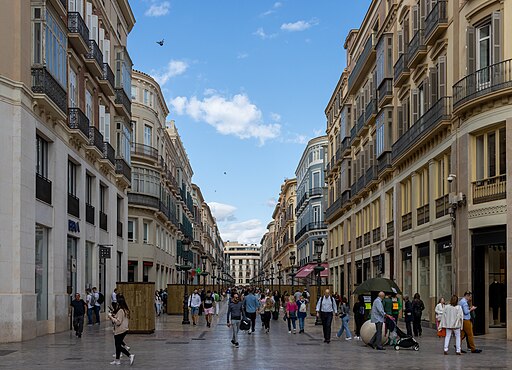Early Life
Ibn Battuta was born on February 24, 1304, in Tangier, Morocco, into a family of Islamic legal scholars known as qadis. His full name was Abū ʿAbd Allāh Muḥammad ibn ʿAbd Allāh al-Lawātī al-Tanjī ibn Baṭṭūṭah. Growing up in a family with a strong tradition of scholarship, he received a traditional juristic and literary education in his hometown.Education
Ibn Battuta was educated in Islamic law at a Sunni Maliki school, the dominant form of education in North Africa at the time. His education prepared him to become a qadi, a Muslim judge who ruled on matters both religious and civil. This background in Islamic jurisprudence played a significant role in his travels, as he often served as a judge in various regions he visited.Struggles
Ibn Battuta's travels were not without challenges. He faced numerous hardships, including dangerous journeys through deserts, mountains, and seas. He encountered bandits, political unrest, and natural disasters. Despite these struggles, his determination and curiosity drove him to continue exploring new lands.Countries Traveled and Years
Ibn Battuta's travels began in 1325 when he set out on a pilgrimage to Mecca at the age of 21. His journey extended far beyond the Hajj, taking him to many parts of the known world. Here are some key regions and years of his travels:- North Africa and the Middle East (1325-1332): He traveled through Egypt, Syria, Iraq, Persia, and the Arabian Peninsula.
- East Africa (1332-1333): He visited the Swahili Coast, including modern-day Somalia, Kenya, and Tanzania.
- Central Asia and India (1333-1341): He journeyed through Anatolia, the Black Sea region, and India, where he served as a judge in Delhi.
- Southeast Asia and China (1341-1346): He traveled to the Maldives, Sri Lanka, Sumatra, and China.
- Spain and West Africa (1350-1353): He visited Al-Andalus (Spain) and crossed the Sahara Desert to reach the Kingdom of Mali.
Death and Resting Place
Ibn Battuta returned to Morocco in 1354 and spent his later years documenting his travels. He dictated his experiences to a scribe named Ibn Juzayy, resulting in the famous travelogue known as the Rihla. Ibn Battuta died in 1368/69 or 1377 in Morocco. His resting place is believed to be in a mausoleum in Tangier, although the exact location is not definitively known.Final words
Ibn Battuta's journeys provide invaluable insights into the medieval world, offering detailed accounts of the cultures, societies, and landscapes he encountered. His legacy as one of history's greatest explorers continues to inspire and educate people about the rich tapestry of human civilization.References
[1] Keywords for Travel: List of 300+ Keywords - SEO Growth Partners[2] In medival times, how common was travelling? : r/AskHistorians - Reddit
[3] Travel Keywords List | Free SEO Keyword List - SeoLabs

